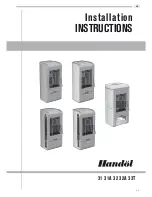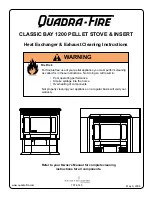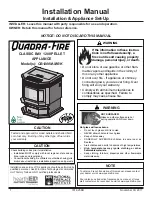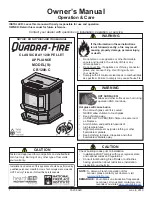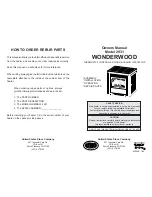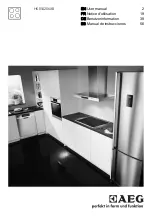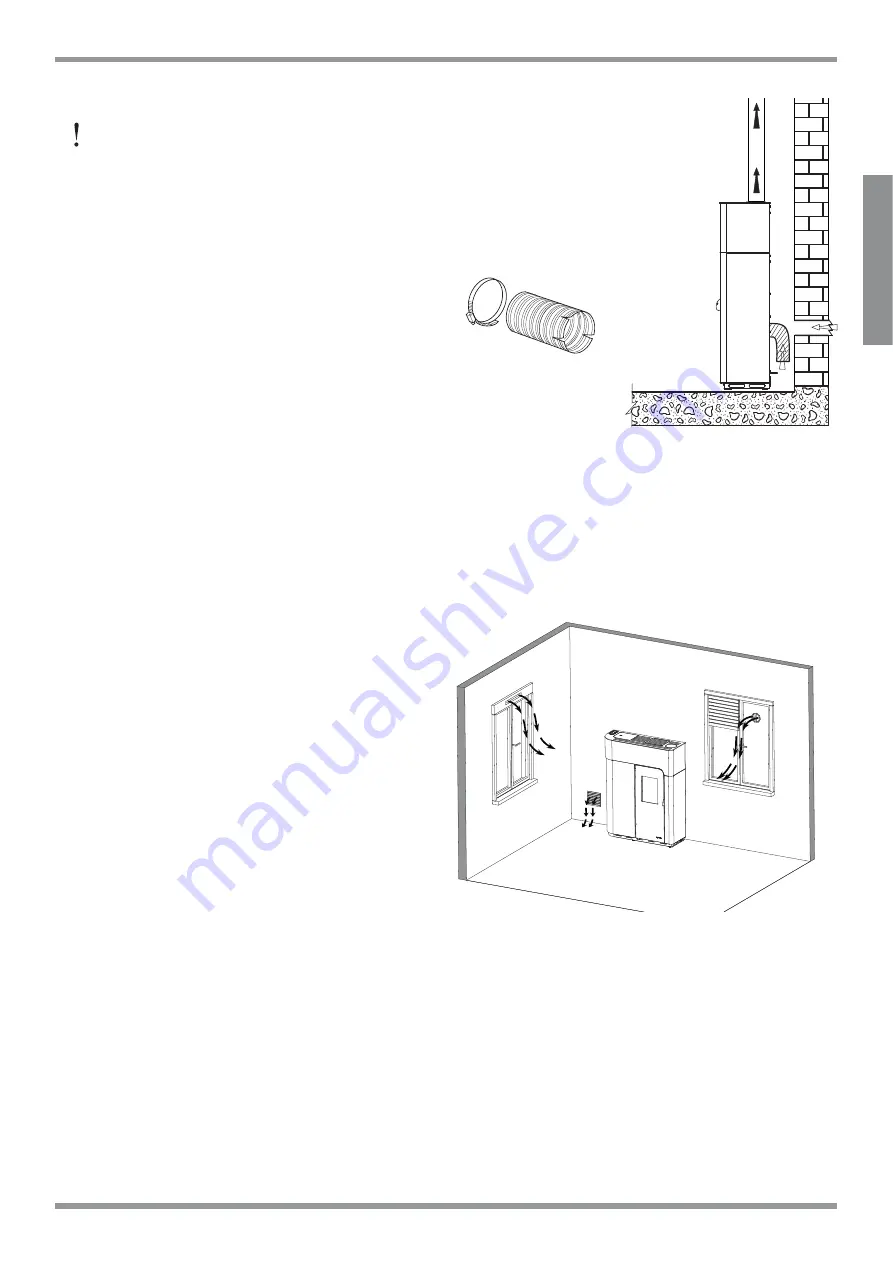
27
ENGLISH
5.4 COMBUSTION
AIR
During operation the stove takes in a certain amount
of air from the room where it’s installed (except for
the “Ermetica” series products that can take in air
directly from the outside); this air must be replaced
through an opening to the outside from the room
(Fig. 5.3 - PA = Fresh air vent).
Make the air intake hole on the wall, and let the
stove be free to withdraw air in the environment,
taking care , however, to connect on the air inlet
tube the portion of corrugated pipe supplied by
¿[LQJLWZLWKWKHFODPSDQGEHQGLQJLWVOLJKWO\
downward.
If the wall behind of the stove is an outside wall,
make an opening for drawing in combustion air
DURXQG FP DERYH WKH ÀRRU REVHUYLQJ WKH
dimensions shown on the product data sheet at
the end of this booklet.
A permanent non-closable vent cover must be
placed on the outside of the opening; in especially
windy areas or places exposed to bad weather,
install rain and wind protection elements.
Make sure that the air vent is located in such a
way that it can’t be accidentally obstructed.
If it’s not possible to make a fresh air opening in
the wall behind the stove (not a perimeter wall),
an opening must be made on the wall in the room
where the stove is installed that faces the outside.
If no fresh air opening can be made in the room, it
can be made in an adjacent room as long as the
two rooms are connected by a ventilation grill (Fig.
5.4 - C = Shutter box, G = Grill, S = Shutters)
Standard UNI 10683 prohibits combustion air
being drawn in from garages, combustible material
VWRUHVRUSODFHVZKHUHWKHUHLVD¿UHULVN
If there are other heating appliances in the same
room, the fresh air vents must guarantee the
required volume of air for correct operation of all
the appliances.
If one or more exhaust fans (range hoods) are
installed and operating in the room where the
stove is located, combustion problems may occur
due to a lack of combustion air.
¿J
C
G
S
¿J































